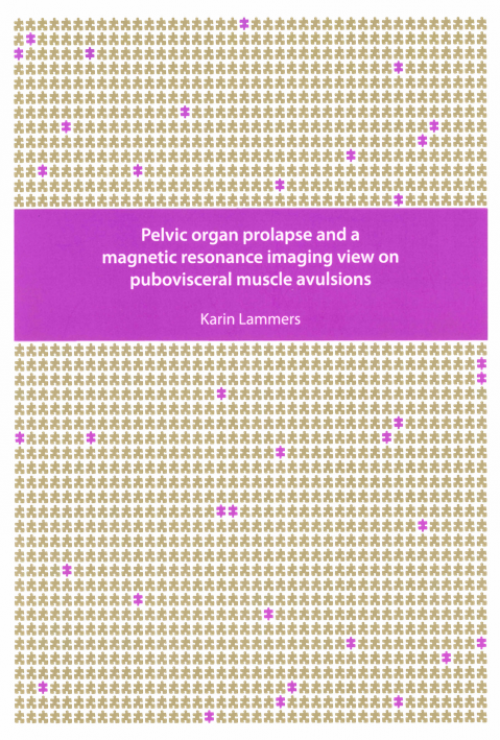
Pelvic organ prolapse and a magnetic resonance imaging view on pubovisceral muscle avulsions.
Pelvic floor dysfunction comprises a wide spectrum of interrelated clinical conditions with pelvic organ prolapse (POP) being one of the most prevalent disorders, followed by urinary incontinence (UI). Up to 20% of the general female population will undergo surgery for POP or UI. Together with high postoperative recurrence rates, POP imposes a significant problem to both patients and our national healthcare system. In case of POP, (part of ) the pelvic organs descent through the opening of the vagina. This thesis studies the risk factors for POP and postoperative recurrence of POP. Emphasis isThis thesis studies the risk factors for POP and postoperative recurrence of POP. Emphasis isplaced on the impact of loss of pelvic floor support due to trauma to the levator ani muscleand how these pubovisceral muscle avulsions are best observed on pelvic floor MR imaging.
